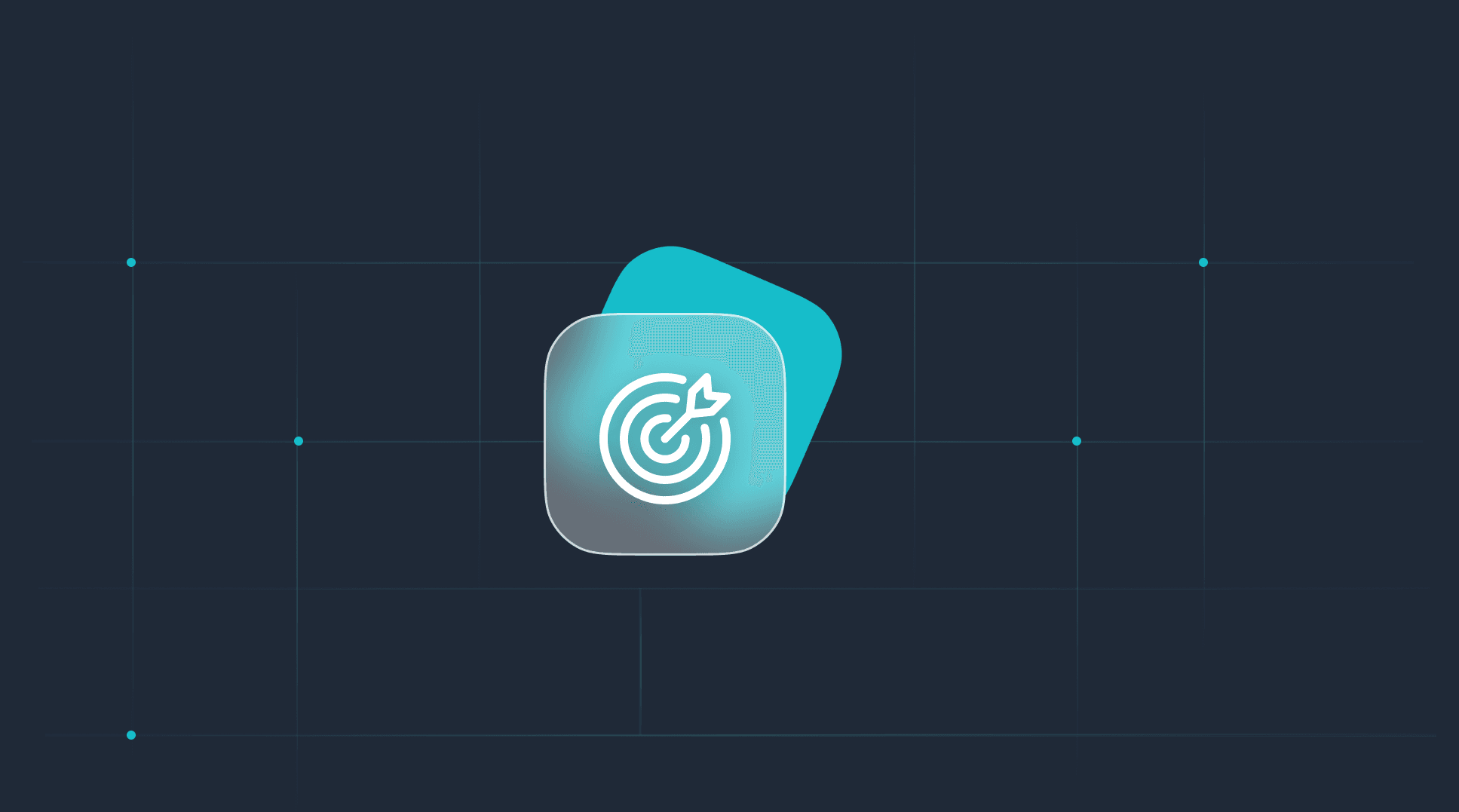We all have limited time and resources. We therefore have to make sure that we focus on the most important features that will tackle the most pressing customers’ problems.
That's where backlog grooming, also known as backlog refinement, comes into the picture. By regularly organizing and prioritizing your backlog items, your team makes sure to focus on the right features and to work more efficiently for your product development.
In this article, we'll look closely at why it's so crucial for startups to constantly keep a clean backlog and how to practice it best. We will also show you how Productlane can help you tidy your backlog and ensure you are always on top of your priorities.
All About Your Product Backlog
You’ve got it: the product backlog is a to-do list that guides product development. It includes all the items necessary to build and improve the product.
Since everyone in the company or team has access to it, a backlog is argued to encourage teamwork and quick responses to changes. Plus, it has the benefits of keeping stakeholders in the loop about the product plans and making sure things are organized.
That is why all startups have a backlog. If a business did not have a backlog, it would risk missing important deadlines and focusing on features that are irrelevant to the customers’ current problems because it did not list the requested items, bugs, fixes, etc…
However, the big problem is that the backlog list has a tendency to keep growing and growing, and soon, it becomes this horrible monster that no team wants to tackle because nobody knows where to start. And that’s why backlog grooming (as the name says) is so important.
User Voices Shaping Your Product's Path
Another important thing to mention about your backlog is that your users or customers are essential in the process. They are mainly the ones feeding this list by giving feedback on bugs, wishes, problems,… But you may ask: how do you make sure you listen to your users and feed your backlog list with this feedback? Well, you definitely need a centralized place that can be accessed by your entire team.
At Productlane, we have developed a portal that collects user feedback, acts both as a research repository and call recorder, and syncs with Linear. The feedback can come from different channels, such as user interviews or survey feedback, and will be directly streamlined into the portal. This will create a backlog list fed by this feedback that will ensure you understand user needs better.
A tidy backlog or the art of grooming it regularly
The next logical step, once you have a backlog fed by your users, is to declutter it frequently. That is where backlog grooming should be practiced. As the name says it all, this process involves regularly reviewing, prioritizing, and refining items in the backlog in order to choose what to work on first.
In addition to keeping your backlog tidy, the grooming process has three other purposes. First, it ensures that sprint planning remains efficient by preventing the expansion of tasks and keeps meetings shorter. Second, it enhances cross-communication within the team, helping everyone understand the project's bigger goals and fostering a sense of contribution to a larger vision, which boosts trust, engagement, and productivity. Lastly, it helps in risk management by aligning the product backlog with user needs, reducing the risk of missing deadlines, and speeding up the sprint process.
You have all the right to wonder: if we absolutely need to keep it tidy, what is the ideal backlog then? Ideally, your backlog should be detailed enough to guide the team, but not everything needs the same level of detail. It should also be flexible and ready to adapt to changes in the market or to the customers’ requests. Finally, the backlog should be organized, with the most important things at the top.
So, how do I best practice backlog grooming?
Of course, knowing that your backlog should be tidy is one thing, but knowing how to best practice grooming is another thing.
The most important thing to keep in mind is to constantly and consistently (even more important!) check your backlog with your team. That is the only way that you will be on top of things (and of your backlog list, of course).
In addition to consistency, we suggest the following practices:
Regular grooming session
As already mentioned, the most important practice is to regularly meet for grooming sessions to ensure the backlog remains updated and aligned with the evolving project requirements.
The best would be to choose someone to run the meeting. Normally, it's the job of the product owner, but anyone who knows the people involved and how the process works can do it. Also, make sure that the entire team is present to gain diverse perspectives and insights.
 ⇒ Since Productlane connects with Linear and therefore syncs all projects & issues, it helps keep all your tasks organized and up-to-date. This makes it a great tool for your grooming sessions because it keeps everything in one place and makes teamwork smoother.
⇒ Since Productlane connects with Linear and therefore syncs all projects & issues, it helps keep all your tasks organized and up-to-date. This makes it a great tool for your grooming sessions because it keeps everything in one place and makes teamwork smoother.
Backlog categorization
Of course, your product backlog includes lots of things like features, issues, requirements (like making things easy to use or fast), and feedback. Since they mostly come from user feedback, they will come untidy, so sorting these into groups can make it easier to work with them. When this is done well, it will be easier to create roadmaps.
 ⇒ At Productlane, we have developed tags to make it easier to categorize the items that are not issues. Indeed, there are usually more observations in user interviews or feedback that you want to keep track of. Competitor mentions, user activities, user goals, signup reasons, churn reasons, and things like that. “Tags” are the place for that in Productlane, and tag groups give you a way to cluster these.
⇒ At Productlane, we have developed tags to make it easier to categorize the items that are not issues. Indeed, there are usually more observations in user interviews or feedback that you want to keep track of. Competitor mentions, user activities, user goals, signup reasons, churn reasons, and things like that. “Tags” are the place for that in Productlane, and tag groups give you a way to cluster these.
Assess user feedback
Keep this in mind: the fewer features in your backlog, the easier it is to manage and market your product. So, don’t hesitate to consider cutting user feedback that doesn't fit your vision.
Of course, it might be difficult to assess which piece of information to keep and which one to remove, so assessing them based on their difficulty to finish is always a good idea. For instance, you can assign your stories with 1 for easy and 10 for hard to help your team plan its workload during the week. There are other assessment methods. Just choose an estimation method that works for you and keep it simple, aiming to estimate no more than a week's worth of work to minimize errors.
⇒ At Productlane, you always have an overview of the most important items to tackle because your users or customers have the possibility to vote on Linear projects and issues that you published via our portal. Take votes as a “smoke signal” that there is a problem and that this feature should probably be solved before other items in your backlog.
Prioritization and Refinement
Similarly to assessing user feedback, refining and prioritizing items in the backlog to maintain a clear understanding of project goals is super important.
Firstly, make sure to break down big feedback pieces into smaller ones to make them easier to estimate and develop. Focus on detailing high-priority feedback pieces during backlog refinement, but don't spend too much time on lower-priority ones. You can also use feedback and bug items to generate new user feedback based on stakeholder needs during the refinement session.
Secondly, you should always reassess the priority of each user feedback during your grooming session (if you want to know more about prioritization methods, read this article).
⇒ At Productlane, we are firm believers in prioritization through real user input (like Linear, by the way!). Our tool is based on this principle so that we can help you prioritize the items based on what your users say. You can leverage insights directly from user interviews, feedback, or surveys to connect with opportunities and feature ideas. Over time, you will see that recurring problems will rise to the top of your priority list and see what should stay in your backlog for later!
Conclusion: You should definitely embrace backlog grooming!
Having a tidy backlog is crucial for your product team because it keeps them up-to-date about what their customers want and what problems they encounter. Therefore, by following these best practices and working collaboratively with both your team and other stakeholders, you will ensure that your backlog is aligned with project goals.
As your team continues to streamline its product development process, tools like ours can play a pivotal role in facilitating this essential grooming process. At Productlane, we are also committed to backlog grooming (we know for a fact that this is crucial). That is why we developed our tool with features for managing user feedback and streamlining product discovery. It will ensure your backlog remains dynamic, relevant, and aligned with project objectives. At the end of the day, it is all about listening to your users, making sense of what they are saying, and constantly prioritizing to make sure you always focus on the right backlog items.




